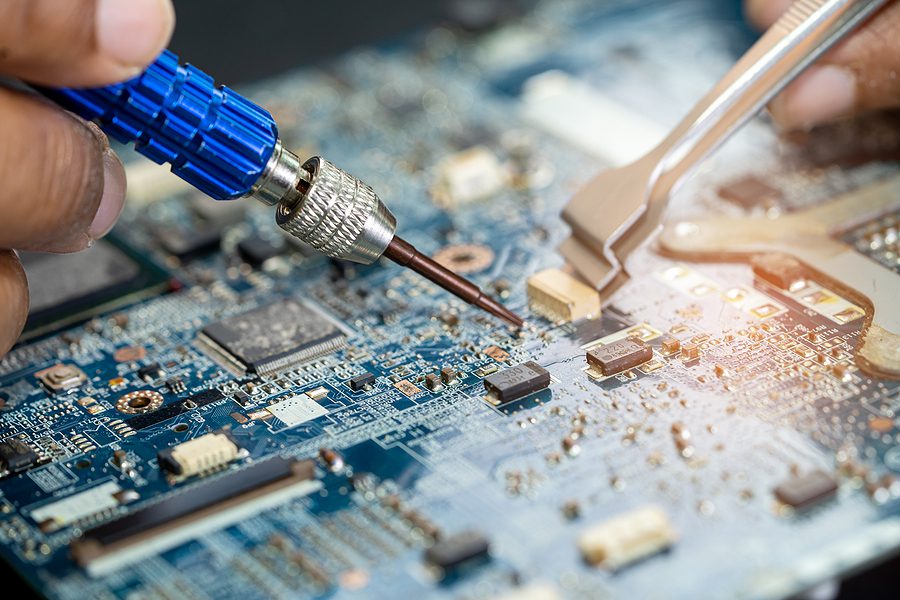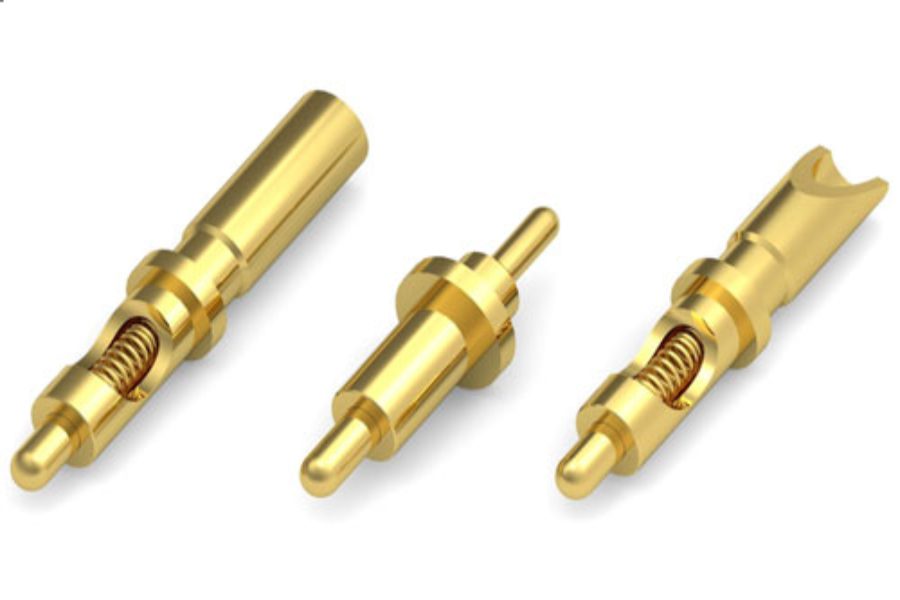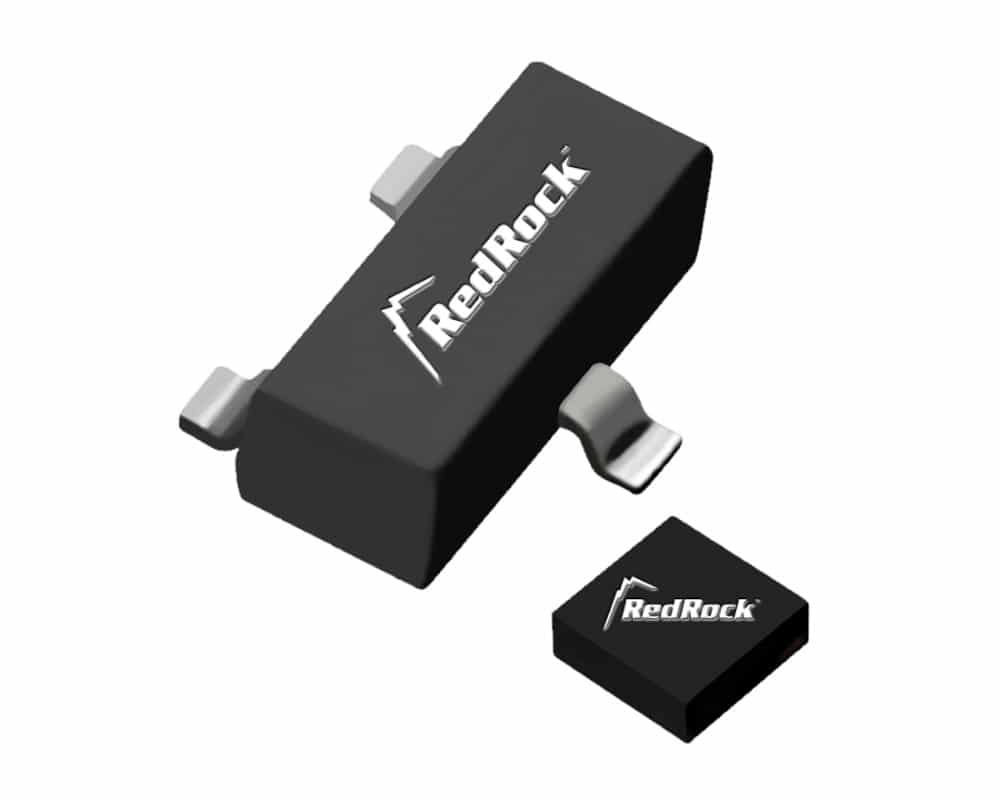
Maintaining Reed Relays: Tips for Longevity and Reliability
Reed relays, those unassuming but vital components used in various electronic devices and systems, play a crucial role in ensuring the smooth operation of many everyday technologies.
From telecommunications equipment to medical devices and industrial machinery, these electromechanical switches are responsible for controlling electrical circuits efficiently.
However, like all components, reed relays require proper maintenance to ensure their longevity and reliability. In this article, learn some essential tips and best practices for maintaining reed relays, including those Pickering and Coto Technology reed relays, to extend their lifespan and maintain their dependable operation.
Understanding the Basics of Reed Relays
Before we dive into maintenance, it’s important to have a basic understanding of what reed relays are and how they work.
In short, as detailed in this article, reed relays consist of two thin, magnetisable metal strips, often referred to as reeds, enclosed within a glass tube. These reeds are typically made of ferromagnetic materials such as nickel-iron alloys.
When a magnetic field is applied to the relay coil, it causes the reeds to be drawn together, making electrical contact and thereby completing a circuit. Removing the magnetic field reverses this action, causing the reeds to spring apart and open the circuit.
Reed relays offer numerous advantages, including low contact resistance, fast switching speeds, and minimal leakage current when open. To enjoy these benefits over the long term, proper maintenance is essential.
Environmental Considerations
The environment in which reed relays operate is one of the key variables impacting their longevity and reliability. Keep the following environmental considerations in mind:
1. Temperature and Humidity
Extreme temperatures and high humidity levels can considerably affect reed relay performance. It is crucial to keep them operating within the temperature and humidity ranges prescribed. High humidity can induce corrosion, and extreme temperatures can cause thermal stress, affecting the mechanical properties of the reeds.
2. Vibration and Shock
Reed relays are sensitive to mechanical stress. Ensure that they are securely mounted and adequately cushioned to withstand vibrations and shocks. Proper mounting can prevent reeds from sticking or becoming misaligned due to external forces.
3. Dust and Contaminants
Over time, dust, dirt, and contaminants can accumulate on reed relay contacts, leading to poor conductivity and eventual failure. Regularly inspect and clean reed relays to remove any debris that may compromise their performance.
Proper Handling and Powering
Correct handling and powering of reed relays are essential to their longevity. Here’s what you need to consider:
1. Coil Voltage
Always operate reed relays within their specified coil voltage range. Exceeding this range can cause overheating and damage to the coil winding, resulting in a shorter lifespan.
2. Avoid Overcurrent
Ensure that the current passing through the reed contacts does not exceed their rated capacity. Overcurrent can cause arcing, which can lead to contact degradation and reduced reliability.
3. Proper Switching Frequency
Reed relays have a limited number of switching cycles before they wear out. Be mindful of the application’s switching frequency and select relays with a rated life expectancy that suit your needs.
Periodic Testing and Inspection
Regular testing and inspection can help detect potential issues before they lead to relay failure. Consider these steps:
1. Contact Resistance Measurement
Periodically measure the contact resistance of the reed relay using a multi metre. An increase in contact resistance may indicate contact wear and impending failure.
2. Inspect Contacts
Visually inspect the relay contacts for signs of damage, corrosion, or contamination. Cleaning or replacing contacts when necessary, can significantly extend the relay’s life.
3. Functional Testing
Perform functional tests to ensure that the reed relay operates as expected. This can help identify issues with the coil, contacts, or overall performance, allowing for timely maintenance.
Replacement and Spare Parts
Lastly, it’s essential to have a strategy for replacement and spare parts. Even with the best maintenance practices, reed relays will eventually wear out. Ensure that you have replacement relays readily available, and consider keeping a few spare relays on hand to minimise downtime in critical applications.
Conclusion
Reed relays are reliable and versatile components, but their longevity and reliability depend on proper maintenance. By consistently providing them with the care they require, you can ensure that your reed relays will perform effectively for your applications.
Don’t compromise on the performance of your electronic systems. At Wiselink, we provide a wide selection of electronic components from reputable brands like Pickering and Coto Technology, designed to meet your needs. As a premier electronic components store with a global presence, our products are synonymous with unmatched precision and durability. Explore our catalogue today to experience the difference firsthand.




